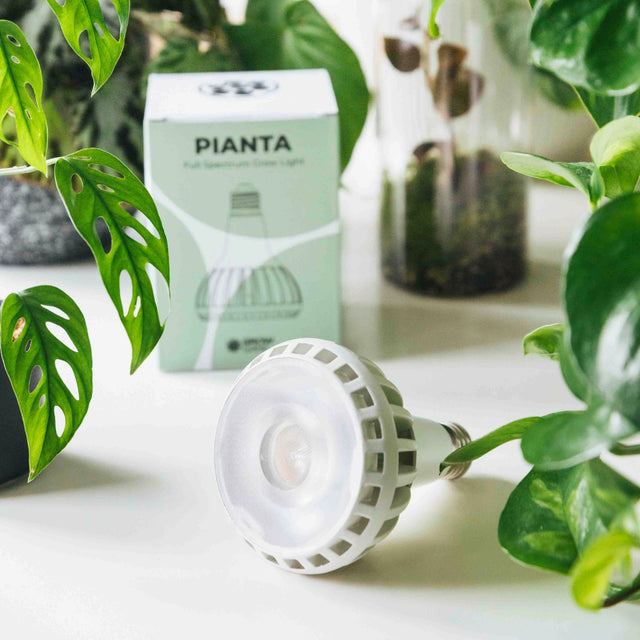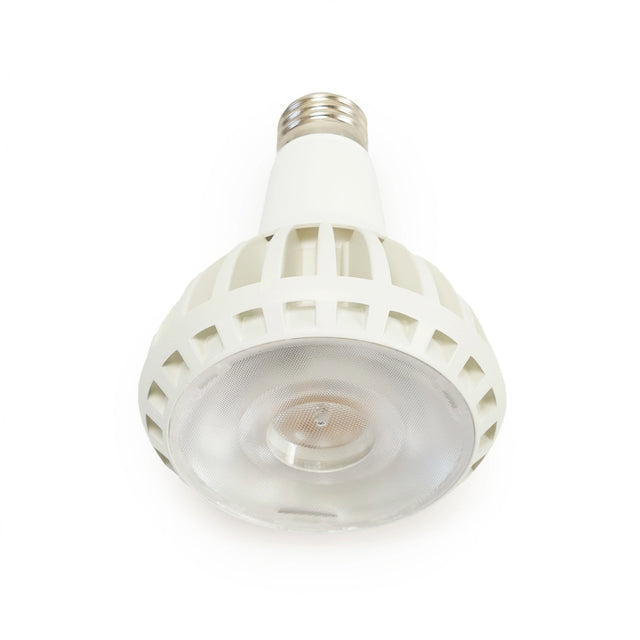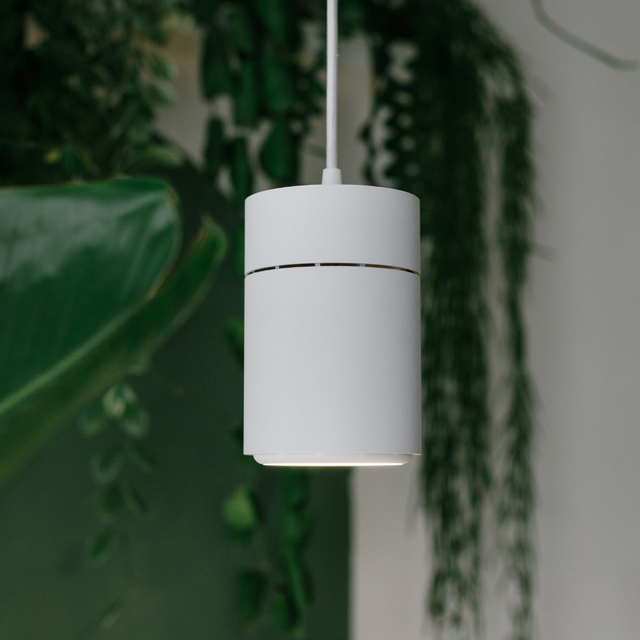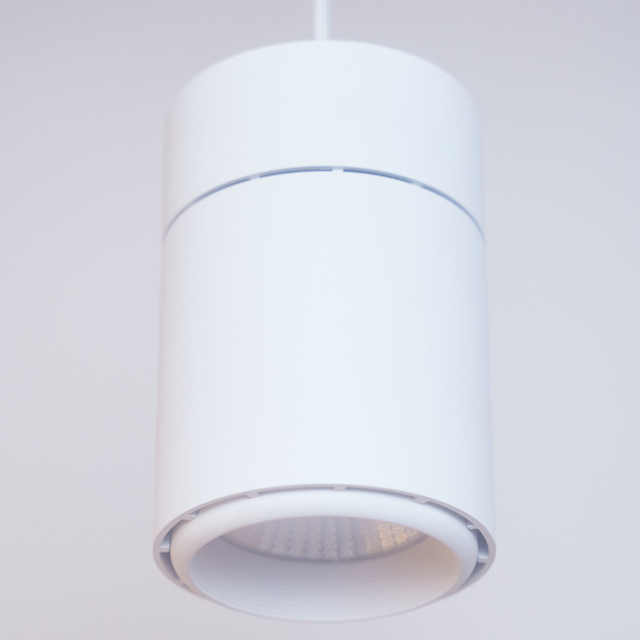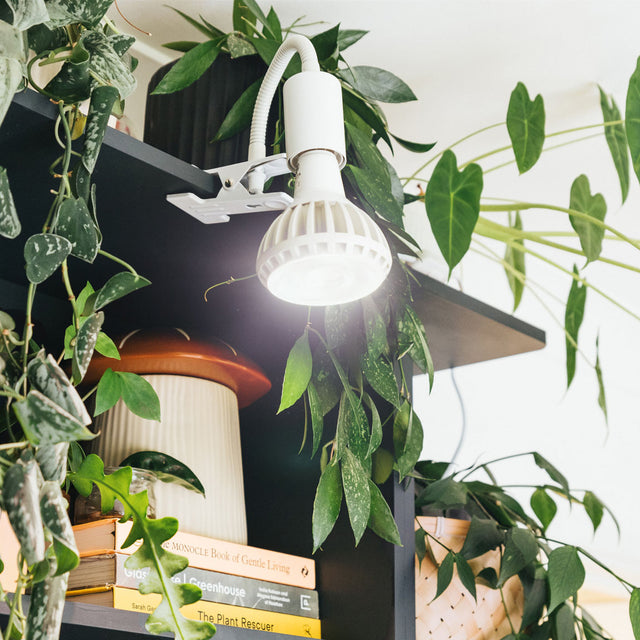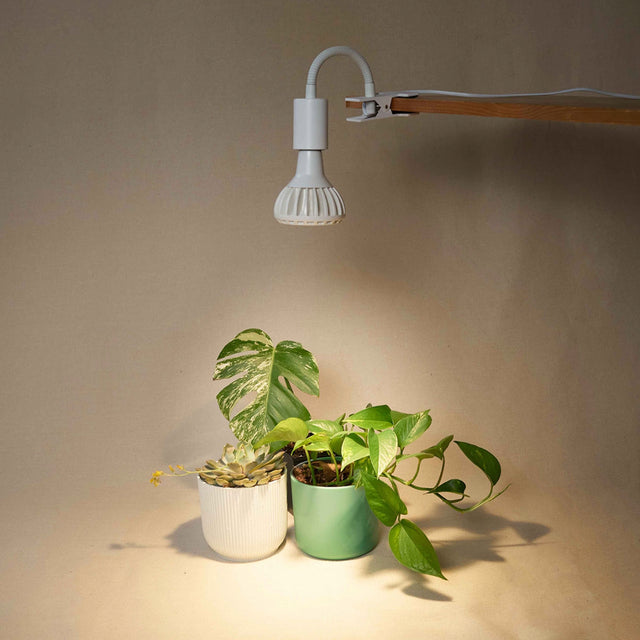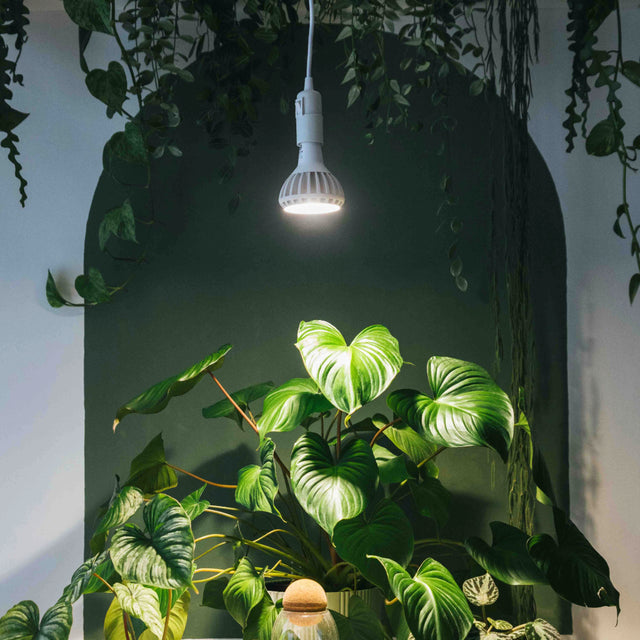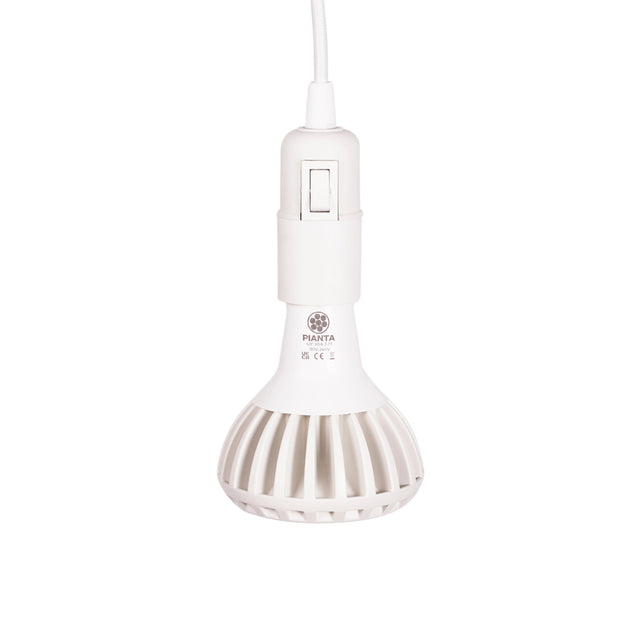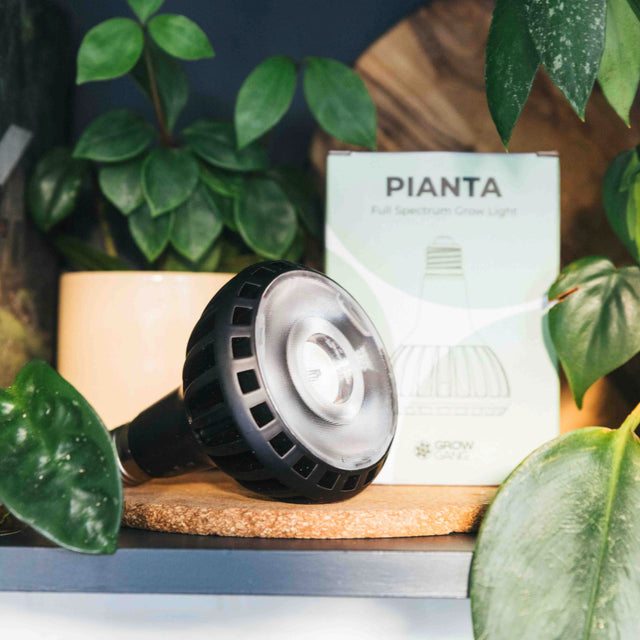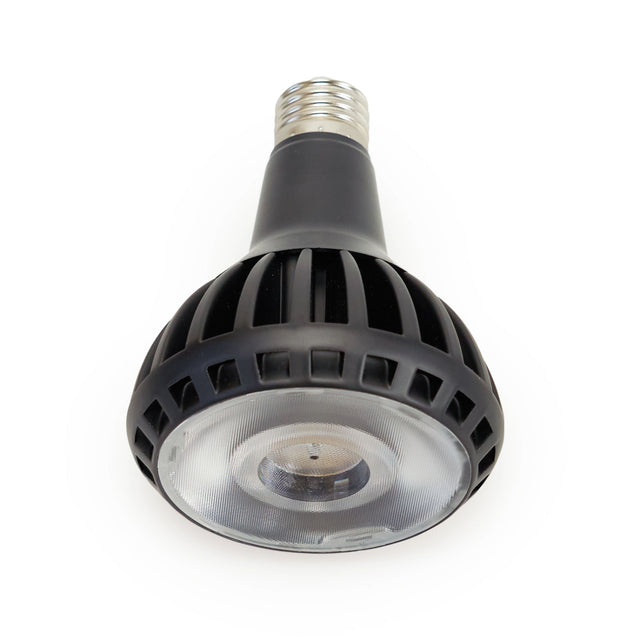
🔬Scientific name: Plerandra Elegantissima or Schefflera Elegantissima (Family: Araliaceae)
🌍 Origin: It originates from the tropical rainforests of Brazil, specifically within the Atlantic Rainforest region. In its natural habitat, it thrives in warm, humid conditions, often growing epiphytically on trees, though it can also grow in soil. This tropical origin influences its care requirements, favouring bright but indirect light, warm temperatures, and high humidity. Its unique rosette of leaves forms a central "vase" that collects water, an adaptation to its rainforest environment. Understanding its native conditions helps recreate the ideal setting for Aechmea plants when grown indoors or in gardens.
Lighting
Lighting requirement: Bright, indirect light
Aechmea plants thrive best in bright, indirect light, similar to the filtered sunlight they would receive in their native tropical rainforest habitat. Ideally, they should be placed near an east or north-facing window or behind sheer curtains that diffuse direct sunlight. While they can tolerate a bit of gentle morning sun, prolonged exposure to harsh afternoon rays can scorch their leaves. However, insufficient light can lead to dull foliage, weak growth, and reduced blooming, so maintaining the right balance is key to keeping your Aechmea healthy and vibrant.
These plants also adapt well to artificial lighting, making them suitable for indoor environments with limited natural light. Place the grow light 6–12 inches above the plant and keep it on for 12–14 hours daily. This mimics their natural rainforest light and supports healthy foliage and blooming indoors.
Watering:
This plant has unique watering needs due to its central "vase" or cup formed by its leaf rosette. Keep the cup half-filled with clean water and refresh it every 1–2 weeks to prevent stagnation. Water the soil lightly, just enough to keep it slightly moist but never soggy. In warm, humid conditions, watering every 1–2 weeks is usually sufficient. Always allow the top inch of soil to dry out between waterings. Overwatering the soil can cause root rot, so good drainage is key. During cooler months, reduce watering frequency as the plant's growth slows.
Humidity
The Aechmea plant prefers high humidity levels, ideally ranging between 60% and 80%. This mimics the moist, tropical conditions of its native rainforest habitat. While Aechmeas can adapt to average indoor humidity, they thrive in more humid environments. Low humidity may lead to brown leaf tips and hinder overall growth. To maintain optimal conditions, consider using a humidifier, placing the plant on a water-filled pebble tray, or misting the leaves regularly, especially during dry winter months or in air-conditioned rooms.
Fertiliser:
Aechmea plants are light feeders and require only minimal fertilisation to thrive. Use a balanced, water-soluble fertiliser diluted to one-quarter or half strength. Apply it every 4 to 6 weeks during the growing season, typically in spring and summer, and avoid fertilising during the winter months when growth slows. Fertiliser can be added to the soil and occasionally to the plant's central cup, though it's important to flush the cup regularly with clean water to prevent salt buildup. For optimal results, a bromeliad-specific fertilizer is ideal, as it’s gentle and tailored to the needs of epiphytic plants like Aechmea. Over-fertilising should be avoided, as it can damage the plant and inhibit flowering.
Temperature:
This plant prefers warm temperatures that reflect its tropical origins. The ideal temperature range is 8°C to 27°C. They can tolerate short dips to around 10°C but should be protected from cold drafts and frost, as prolonged exposure to low temperatures can cause leaf damage or halt growth. These plants thrive indoors year-round.
Avoid placing them near air conditioners or heaters, as sudden temperature changes and dry air can stress the plant. Consistently warm, stable temperatures help Aechmeas stay healthy and vibrant.
Troubleshooting and Pests:
Aechmea plants are generally low-maintenance, but they can encounter a few common issues and pests. Brown leaf tips often result from low humidity or salt buildup in the water, so using filtered water and increasing humidity can help. Leaf rot can develop if the central cup isn’t emptied and refilled regularly, while faded leaves may indicate too much direct sunlight or a lack of nutrients. If your plant hasn’t bloomed, ensure it’s receiving enough light and warmth, as Aechmeas only flower once in their lifetime.
Common pests include mealybugs, which appear as white, cottony clumps; scale insects that resemble small brown discs; and spider mites, which cause speckled leaves and fine webbing. These can be treated with rubbing alcohol, neem oil, or insecticidal soap. Fungus gnats may also appear if the soil is kept too wet, so allowing it to dry and using sticky traps can be effective. Regular maintenance and monitoring will help your Aechmea stay healthy and pest-free.
Height:
They are relatively compact and well-suited for indoor spaces. On average, they grow to a height of 45 to 75 cm, including their tall, central flower spike when in bloom. The leafy rosette itself typically reaches around 30 to 50 cm in height and width. While they don't require much vertical space, it’s important to give them enough room for their broad, arching leaves to spread comfortably without being cramped. Providing adequate space not only helps with airflow but also enhances the plant's visual appeal and health.
Is It Toxic To Pets?
Good news—Aechmea plants are considered non-toxic to pets! Their related species are safe for cats and dogs, making them a great choice for pet-friendly homes.
However, while the plant is non-toxic, it's still best to discourage pets from chewing on the leaves. Ingesting large amounts of any plant material can lead to mild digestive upset in some animals, such as vomiting or diarrhoea. Also, the sharp leaf edges on some Aechmeas may cause minor irritation if chewed or rubbed against.
So while not poisonous, it's still smart to place the plant out of easy reach of curious paws.
